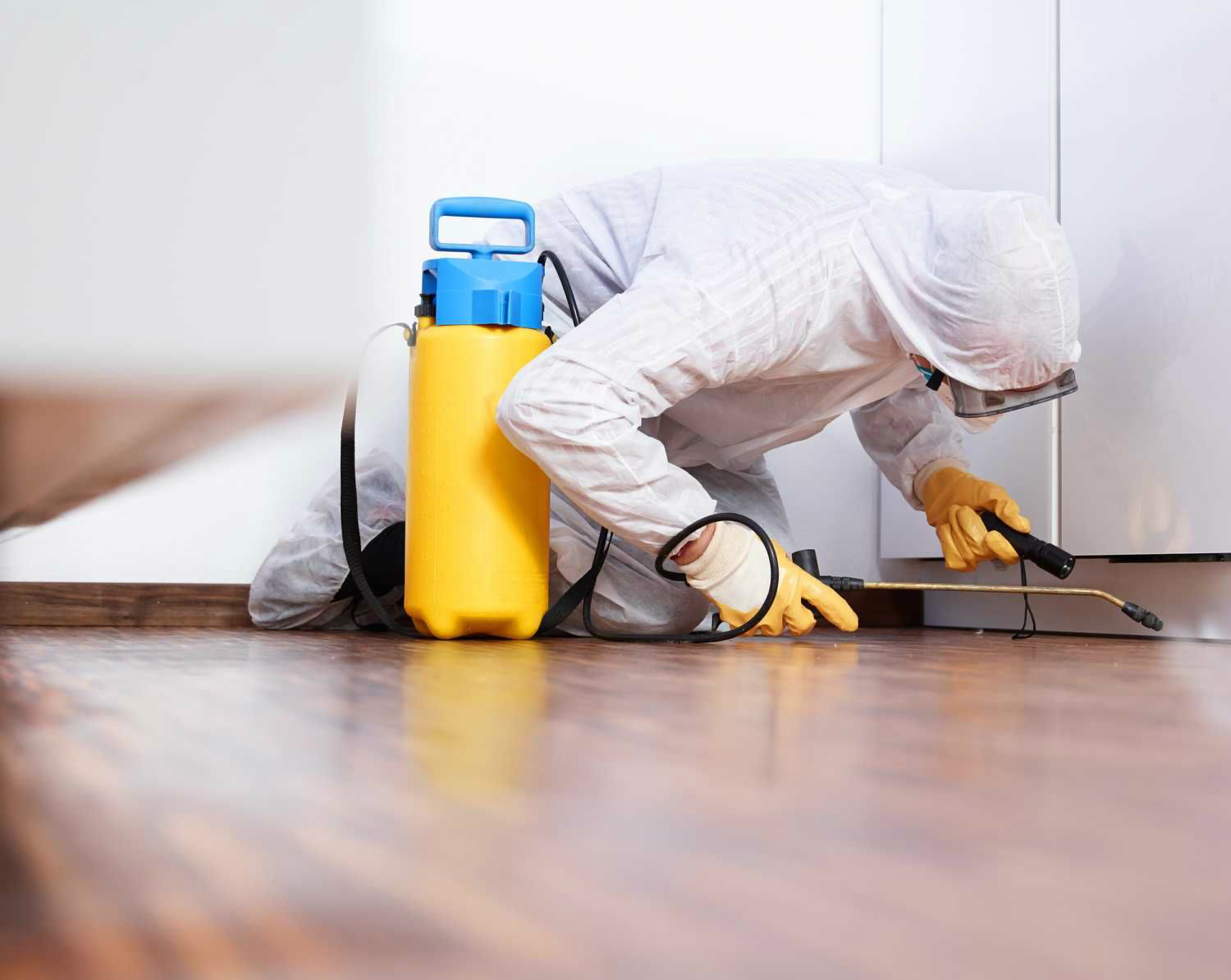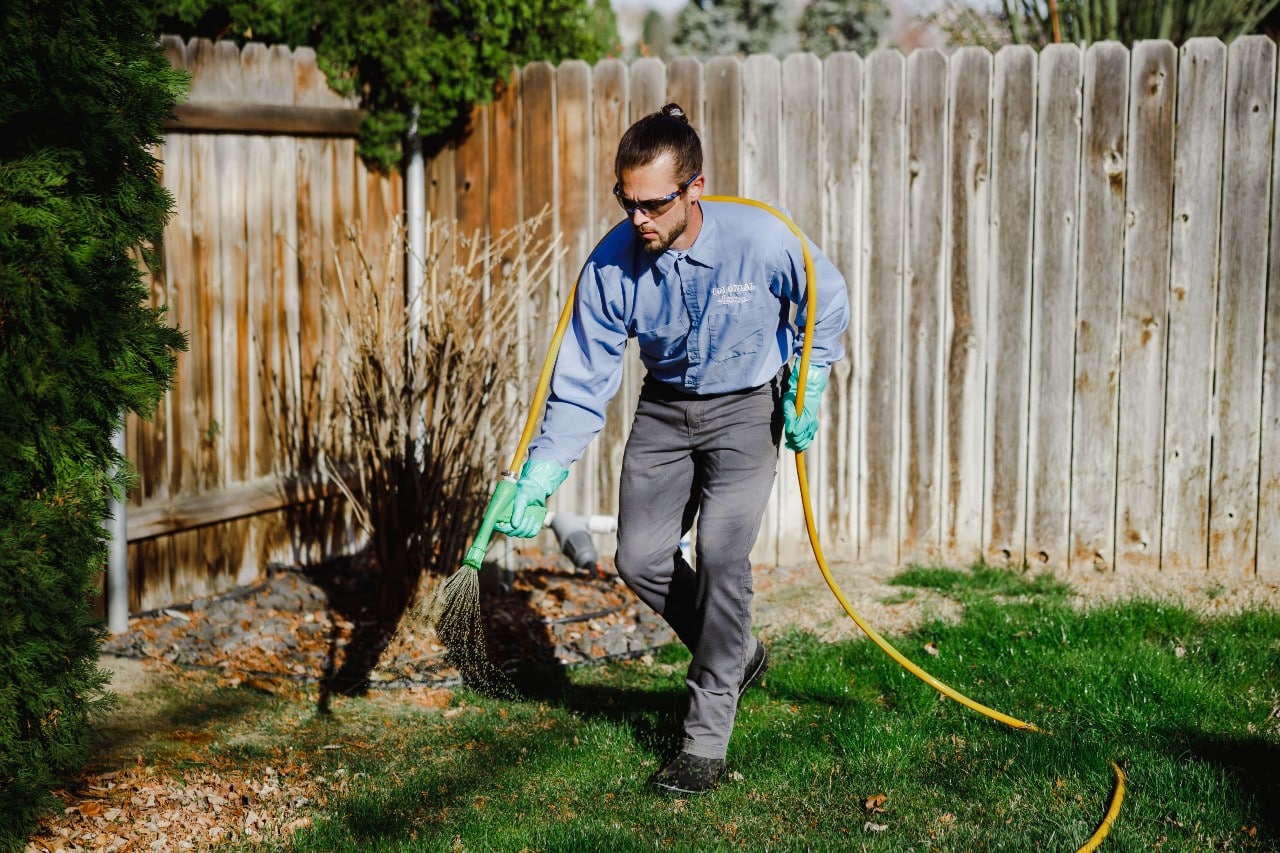Specialist Bug Control Techniques for Long-Term Outcomes
In the world of insect control, accomplishing continual effectiveness and lasting outcomes needs a meticulous method that transcends simple extermination. Specialist parasite control methods encapsulate an extensive technique that starts with a thorough examination and assessment, followed by exact pest recognition to recognize their behavior patterns. The execution of Integrated Pest Administration (IPM) concepts, paired with eco-conscious therapies, develops the cornerstone of sustainable insect elimination. The real test exists in the continuous tracking and maintenance of the treated locations, making sure a pest-free atmosphere for the near future. By delving into the details of these techniques, a much deeper understanding of specialist insect control methods for withstanding outcomes emerges.
Assessment and Analysis
Upon getting in a residential or commercial property for bug control services, the first action is a comprehensive evaluation and assessment to determine the extent of the problem and identify one of the most reliable treatment strategy. Specialist bug control specialists are educated to meticulously check out the facilities, trying to find signs of parasite task such as droppings, chomp marks, nests, or any type of architectural damage. They will also assess the problems that might be bring in parasites, such as food resources, water leaks, or entry factors.

Parasite Identification and Habits

Moreover, comprehending the habits of the determined insect is crucial to applying efficient control procedures. Understanding where insects nest, what they feed on, and their task patterns can help pest control specialists create methods to remove them effectively. Some bugs may be nighttime, while others are more energetic throughout the day. This understanding enables the application of treatments at optimum times for maximum efficiency.
Integrated Bug Administration (IPM)
Integrated Parasite Administration (IPM) approaches incorporate multiple techniques to control and avoid pest problems in a sustainable and environmentally pleasant manner. pest control. By integrating methods such as biological control, habitat control, adjustment of cultural practices, and the usage of resistant varieties, IPM intends to decrease the usage of chemical hop over to here pesticides
One of the essential concepts of IPM is the emphasis on avoidance. This positive approach includes tracking bug populations on a regular basis to spot any type of possible issues prior to they rise. By identifying parasite problems beforehand, pest control measures can be carried out swiftly and efficiently.
Additionally, IPM advertises using non-toxic insect control techniques whenever possible. This can include using natural predators of the bugs, introducing beneficial bugs, or utilizing pheromones to interrupt mating patterns. By reducing reliance on chemical pesticides, IPM not only safeguards the atmosphere but additionally aids preserve an equilibrium in the community.
Environmentally-Friendly Therapies
Applying eco-conscious approaches in parasite control procedures can properly deal with problems while prioritizing environmental sustainability. Environmentally-friendly therapies focus on reducing the effect of parasite control methods on ecosystems, non-target organisms, and human wellness. These approaches often include using natural predators, such as ladybugs or nematodes, to regulate pest populaces, lowering the requirement for chemical interventions. Additionally, techniques like environment control, such as changing helpful hints moisture degrees or removing food sources, can assist prevent pests without using hazardous materials.
An additional trick facet of environmentally-friendly treatments is the use of organic and eco-friendly items that damage down rapidly without leaving harmful deposits in the atmosphere. Herb insecticides originated from plants like chrysanthemums or neem use efficient bug control while posturing minimal risk to non-target types. Employing approaches like warmth therapies or scent catches can target specific bugs with precision, reducing the overall ecological effect of parasite control practices.
Continuous Surveillance and Maintenance
Normal examinations by qualified experts are required to identify any kind of indications of pest activity, assess the performance of previous treatments, and make modifications to the insect control plan as required. By keeping an eye on insect populaces over time, insect control professionals can track trends, prepare for potential problems, and apply preventive measures to decrease the threat of future problems.
Along with monitoring, maintenance practices are crucial for long-lasting bug control success. This consists of carrying out correct hygiene actions to eliminate prospective food and water sources for insects, sealing entrance indicate avoid bugs from entering the premises, and attending to any type of architectural problems that could assist in parasite problems (bed bug treatment). By including recurring monitoring and upkeep right into an integrated parasite monitoring approach, organizations can ensure a pest-free setting and guard their home versus expensive damages and health and wellness dangers
Conclusion
To conclude, utilizing professional insect control techniques such as complete inspection and evaluation, accurate parasite identification and understanding of their actions, integrated insect management methods, environmentally-friendly treatments, and continuous surveillance and maintenance are important for accomplishing long-lasting results in bug control. By executing these approaches, people Our site can effectively manage parasite problems and preserve a pest-free setting in a lasting fashion.